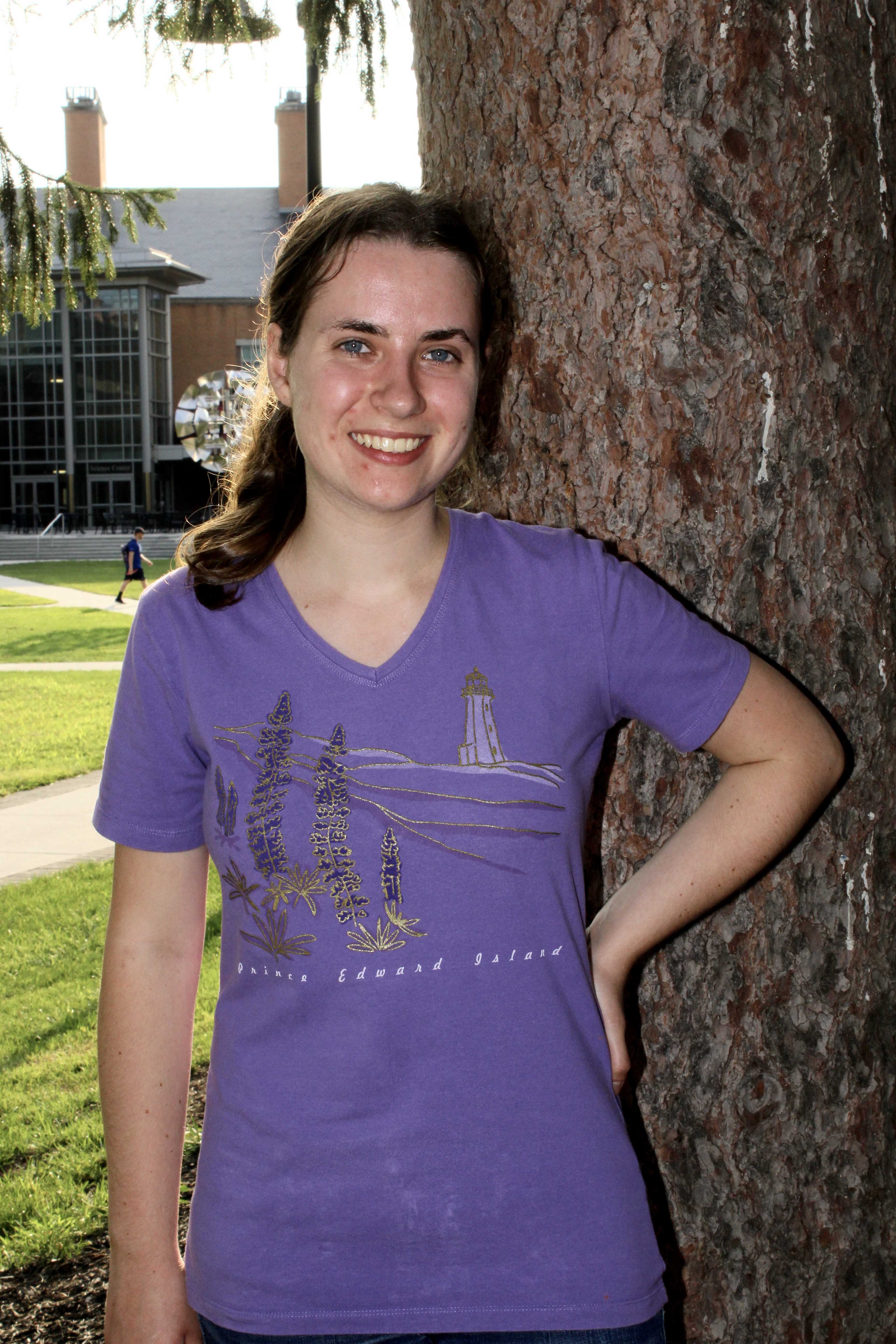One of America’s Oldest Skeletons Stolen
By Emma Gruner, Staff Writer
Archaeologists rejoice!
Last week, a human skeleton found in a Mexican cave was determined to be over 13,000 years old, making it one of the oldest human remains ever discovered on the American continents. The skeleton, believed to belong to a teenage boy, was discovered in the underwater Chan Hol Cave, near Tulúm on Mexico’s Yucatán peninsula.
As if this finding was not enough, the recent history of the skeleton, dubbed the “Young Man of Chan Hol II,” comes with a fair amount of scandal and intrigue. The remains were first discovered by underwater cave divers in February of 2012. At the time, the skeleton contained a nearly complete skull and several bones – about 80% of the skeleton in total. The divers posted about their encounter on social media, which attracted the attention of several prominent archaeologists – including Arturo González González at the Desert Museum in Saltillo, Mexico, and Jerónimo Avilés Olguín at the Institute of American Prehistory in Cancún.
Unfortunately, the archaeologists were not the only ones who were intrigued. When researchers visited the cave in March of the same year, they found that the majority of the skeleton had been stolen. All that remained were about 150 small bone fragments, including a pelvic bone shard embedded in a nearby stalagmite. While the researchers would have had 80% of a full skeleton to study, now they had access to a mere 10%.
Still, the archaeological community was not deterred. A team of researchers, led by the University of Heidelberg’s Wolfgang Stinnesbeck, decided to use the remaining bone fragments to determine the skeleton’s age – a process called “dating.”
However, there was another hurdle to overcome. The normal process of bone dating involves studying an isotope of radioactive carbon found in the bone’s collagen. But, since the skeleton had been submerged in water, almost all of the collagen had been leached out. Instead, the team turned to the stalagmite that surrounded the shard of pelvic bone. The stalagmite contained a mineral called calcite, which itself contained radioactive isotopes of uranium and thorium that could be studied in a similar manner as radioactive carbon.
Their findings were impressive. While the layers of rock closest to the bone proved difficult to analyze, the stone just two centimeters out was proved to be over 11,300 years old. Judging by the rate of calcite formation, the bone itself is thought to have an age of over 13,000 years. Of course, there are complications – according to the University of Southampton’s Alistair Pike, this particular stalagmite probably formed during a period of significant climate change, which could have affected the calcite formation rate. Thus, Pike is more comfortable pegging the skeleton’s age at a minimum of 11,300 years, which, he admits, is still “very significant.” The findings were reported in the journal PloS ONE on August 30.
As impressive as the skeleton’s age may be, it is not altogether unsurprising, considering where it was found. The caves of Mexico’s Yucatán peninsula are home to two other sets of ancient human remains – one believed to be over 12,000 years old, and another whose age is estimated at 13,500 years. Generally, though, skeletons older than 10,000 years are rare discoveries in the Americas; besides the Yucatán finds, the next oldest is that of a 12,600 year-old boy found in Montana. Thus, current evidence points to the underwater Yucatán cave sites as being some of the oldest human settlements on the American continents, likely settled by early humans in the late Pleistocene Era, when the area was dry. As glaciers and polar ice caps melted, the caves were flooded, trapping and killing many and leaving their remains hidden.
While the initial colonization of the Americas is believed to have occurred around 14,000 years ago, the early history of the continents remains fuzzy due to the small amounts of evidence. That’s what makes each new skeletal discovery so precious; as Southern Methodist University’s David Metzler says, “These sites are as rare as hen’s teeth.”
For the team studying the Young Man of Chan Hol II, their work is not yet over. Their next step is to try and extract DNA from the skeletal remains – a difficult task, given the small amounts of bone they have to work with. A sample sent to the Max Plank Institute for Evolutionary Anthropology in Leipzig, Germany has already been rejected for containing too little DNA. The team hopes to find useful material in the skeleton’s teeth, but the prospects are uncertain.
As the team faces these new challenges, they cannot help but ponder the fate of the stolen remains. As Stinnesbeck says, “What would you want with a skeleton? Would you take it home? If they had known it was very old, maybe just to have a souvenir, to have something special.” While inquiries were made to the police, they failed to uncover any substantial evidence, and the full skeleton’s recovery seems unlikely at this point.
But hey, what’s science without a little drama?

